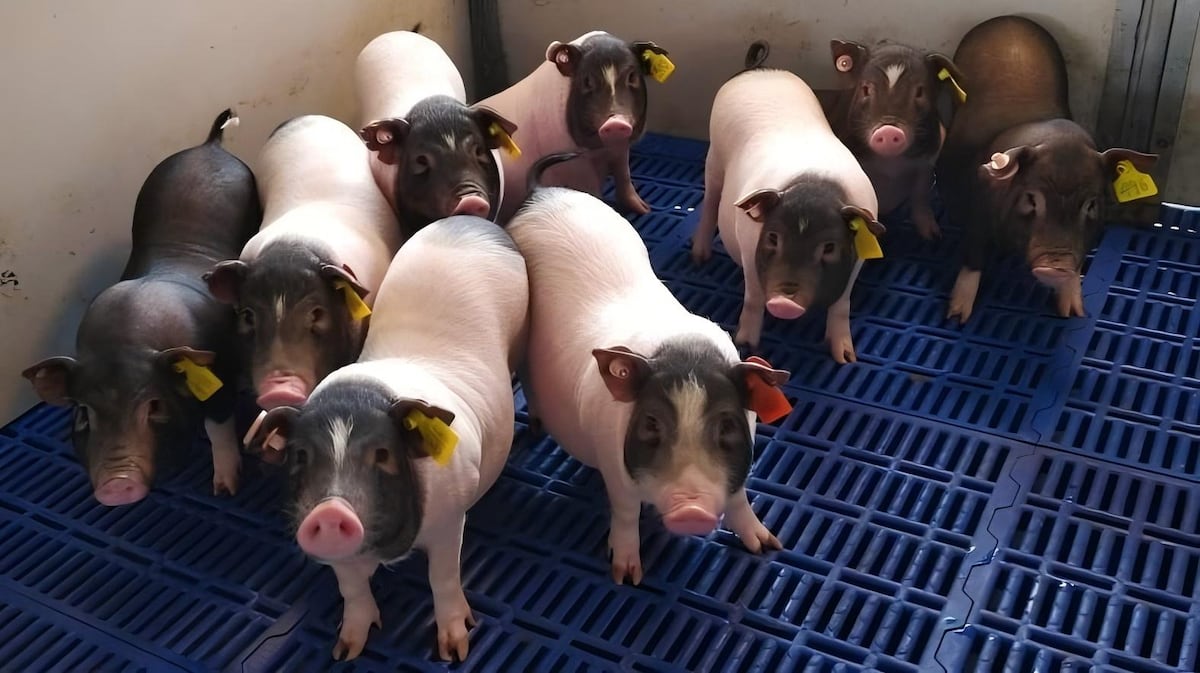Genetically Modified Pig Lung Successfully Transplanted into Brain-Dead Man
A genetically modified pig lung functioned for nine days in a brain-dead man, marking a significant medical milestone amid severe organ transplant shortages and advancing xenotransplantation research.
Subscribe to unlock this story
We really don't like cutting you off, but you've reached your monthly limit. At just $5/month, subscriptions are how we keep this project going. Start your free 7-day trial today!
Get StartedHave an account? Sign in
Overview
- A genetically modified pig lung was successfully transplanted into a brain-dead man, functioning for nine days and representing a significant medical breakthrough in xenotransplantation.
- The successful transplant highlights the potential to address the critical shortage of organs, as the US organ transplant waiting list is twice as long as completed transplants.
- The CRISPR technique has revolutionized xenotransplantation research, directly contributing to the success of this animal-to-human lung transplant and boosting interest in the field.
- Transplanting lungs, particularly from animals, presents unique challenges due to their exposure to air, pathogens, and the immune system's heightened sensitivity.
- Experts caution that despite this milestone, significant research and development are still required before pig lung transplants can achieve widespread success in living patients.
Report issue

Read both sides in 5 minutes each day
Analysis
Analysis unavailable for this viewpoint.
Articles (3)
Center (0)
No articles found in the Center category
FAQ
The pig lung was genetically modified using CRISPR to knock out three genes responsible for cell surface sugars that trigger hyperacute rejection and to add three human genes that inhibit blood clotting and the complement cascade, which are critical immune reactions.
Using brain-dead individuals allows researchers to test high-risk xenotransplants ethically and safely without putting a living patient at immediate risk, thus serving as a crucial step in advancing xenotransplantation research.
Pig lungs face unique challenges because they are exposed directly to air and pathogens, have extensive endothelial surfaces, pro-inflammatory immune cells, and are particularly vulnerable to immune responses and injury such as hyperacute lung rejection and coagulation incompatibilities.
Xenotransplantation carries risks of transmitting pig pathogens, particularly viruses like porcine cytomegalovirus and porcine circovirus, which require designated pathogen-free donor animals and validated diagnostic measures to minimize infection risks.
Further genetic engineering to overcome immune rejection and coagulation issues, optimization of immunosuppression protocols, and safety evaluations regarding infectious risks are required to improve lung xenograft survival and function in living humans.
History
- This story does not have any previous versions.


